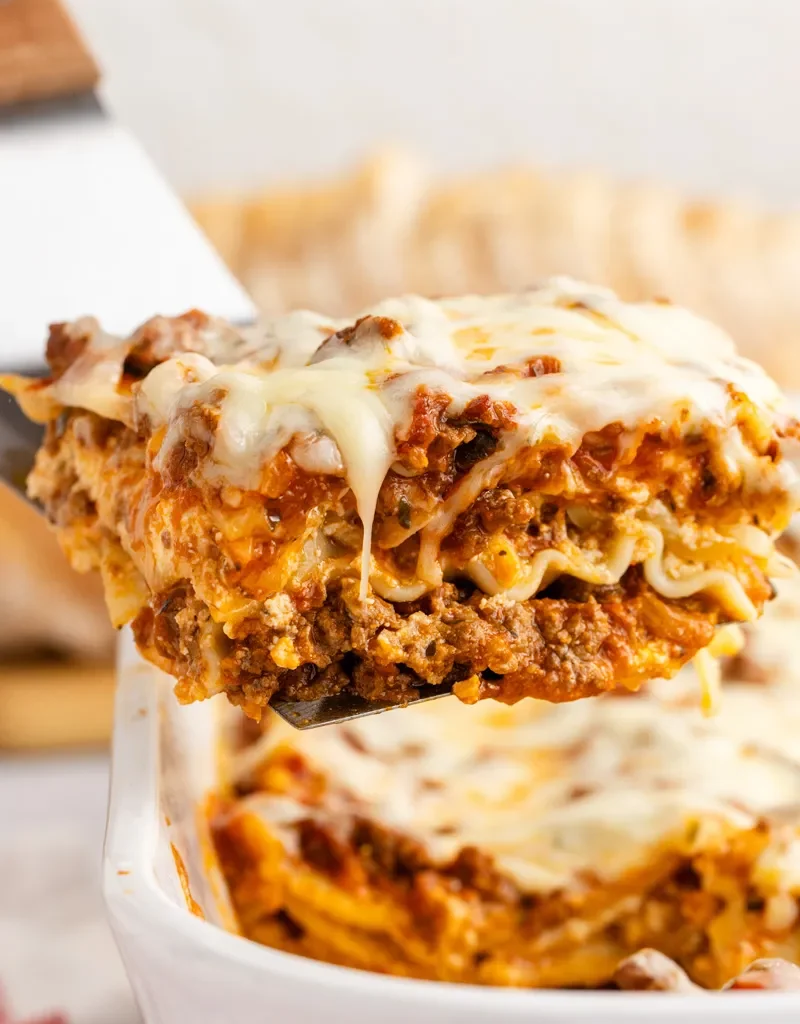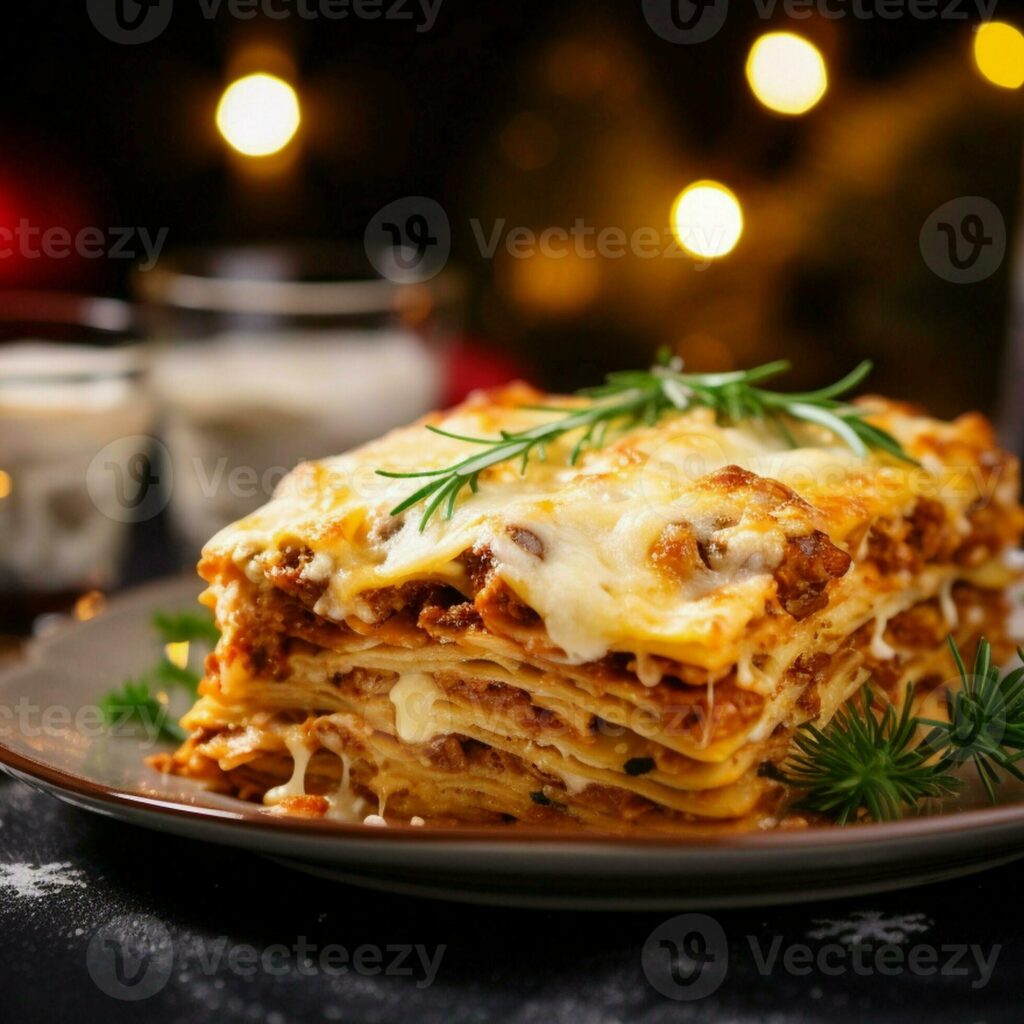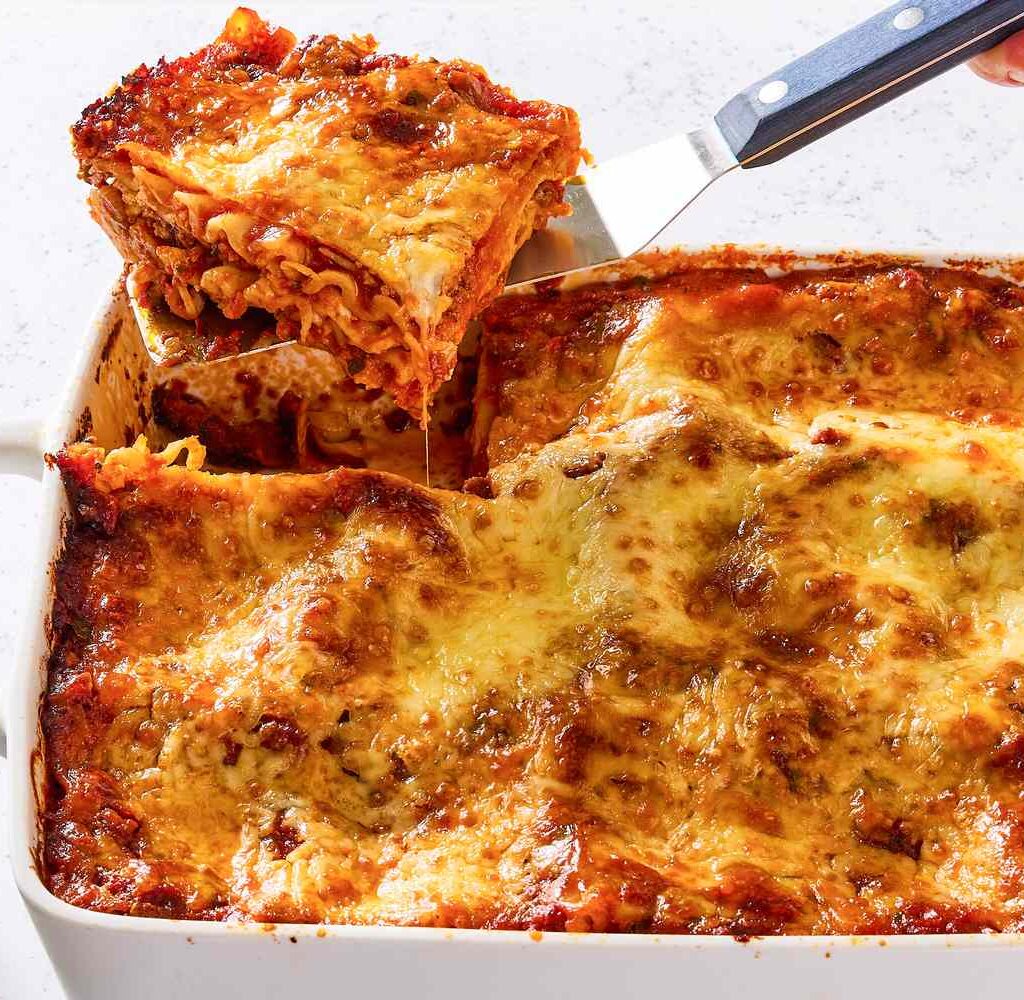Lasagna is one of the most loved dishes in Italian cuisine and has become a global comfort food. Its layers of pasta, rich sauces, cheese, and sometimes meat or vegetables create a perfect balance of flavors and textures. While it looks complex and often feels like something only professional chefs can master, making lasagna at home is both achievable and rewarding. With some patience, the right ingredients, and clear steps, anyone can prepare a delicious, hearty lasagna that rivals restaurant quality.
This article will guide you through the history of lasagna, the essential ingredients, preparation steps, tips for perfect layering, baking techniques, and even some creative variations you can try. By the end, you’ll have a clear roadmap for making this classic dish from scratch.

A Brief History of Lasagna
Lasagna traces its origins to Italy, though the earliest forms of layered pasta dishes date back to ancient Greece and Rome. The word “lasagna” is derived from the Greek word laganon, which referred to flat sheets of dough. Italians later refined the dish, adding rich sauces and cheeses, giving us the modern lasagna we know today.
Traditional lasagna, especially from Bologna, is made with layers of pasta sheets, ragù (a meat-based sauce), béchamel sauce (white sauce), and Parmigiano-Reggiano cheese. Over time, variations spread around the world, with some recipes using ricotta, mozzarella, or even vegetables instead of meat.
Lasagna is now cooked in countless ways, from vegetarian to seafood versions, but the heart of the dish remains the same: a comforting layered bake that brings people together.
Read also : How to make Khamman Dhokla ?
Essential Ingredients
Before we jump into the step-by-step method, let’s go over the essential components you’ll need. A classic lasagna is built from four main parts:
- Pasta Sheets
- Either homemade or store-bought lasagna sheets can be used. Some require boiling beforehand, while others are “oven-ready.” Fresh pasta sheets tend to be softer and more delicate, but dry pasta is convenient and reliable.
- Sauce
- Ragù (Meat Sauce): Traditionally made with ground beef or pork simmered with onions, garlic, tomatoes, herbs, and sometimes red wine.
- Vegetarian Alternative: Roasted vegetables, spinach, mushrooms, or lentils can be used as a substitute for meat.
- Tomato Sauce Base: Even if you’re going vegetarian, a rich tomato base gives depth and flavor.
- Béchamel Sauce
- A creamy white sauce made with butter, flour, and milk. It balances the acidity of the tomato sauce and adds richness. Some American versions replace this with ricotta cheese mixtures, but traditional Italian lasagna almost always includes béchamel.
- Cheese
- Parmigiano-Reggiano is classic.
- Mozzarella adds gooey texture.
- Ricotta is commonly used in American-style lasagna.
- Using a blend of cheeses often gives the best result.

Tools You’ll Need
- Large pot (for boiling pasta or preparing sauces)
- Saucepan (for béchamel or ragù)
- Whisk (for smooth béchamel)
- Baking dish (rectangular or square, deep enough for multiple layers)
- Wooden spoon or spatula
- Knife and chopping board
Step-by-Step Method to Make Lasagna
Let’s break the cooking process into clear stages.
1. Prepare the Meat Sauce (Ragù)
Ingredients:
- 2 tablespoons olive oil
- 1 onion, finely chopped
- 2 garlic cloves, minced
- 500g ground beef (or mix of beef and pork)
- 1 can (400g) crushed tomatoes
- 2 tablespoons tomato paste
- 1 teaspoon dried oregano
- 1 teaspoon dried basil (or a handful of fresh basil leaves)
- ½ cup red wine (optional, adds richness)
- Salt and pepper to taste
Method:
- Heat olive oil in a large pan. Add chopped onions and sauté until soft.
- Add garlic and cook briefly until fragrant.
- Stir in ground meat, breaking it up with a spoon, and cook until browned.
- Add tomato paste, canned tomatoes, herbs, and wine. Mix well.
- Reduce heat, cover partially, and simmer for 30–40 minutes, stirring occasionally. This allows flavors to deepen.
Tip: If you prefer a vegetarian version, substitute the meat with mushrooms, zucchini, or lentils while keeping the same cooking process.

2. Make the Béchamel Sauce
Ingredients:
- 4 tablespoons butter
- 4 tablespoons flour
- 3 cups milk (warm)
- Pinch of nutmeg
- Salt and pepper to taste
Method:
- Melt butter in a saucepan over medium heat.
- Add flour and whisk continuously for 1–2 minutes until you get a smooth paste (this is called a roux).
- Slowly pour in warm milk while whisking to avoid lumps.
- Continue whisking until the sauce thickens to a creamy consistency.
- Add salt, pepper, and a small pinch of nutmeg for flavor.
Tip: If the sauce becomes too thick, add a little extra milk. If it’s too thin, cook longer to let it reduce.
3. Prepare the Pasta Sheets
- If using dry pasta sheets that need boiling, cook them in salted water until slightly undercooked (they’ll finish cooking in the oven).
- If using oven-ready sheets, you can skip this step, but make sure there’s enough sauce in your dish to soften them while baking.
4. Assemble the Lasagna
This is the most important stage—layering! A typical lasagna has 3–4 layers, but you can adjust depending on your dish size.
- Grease the baking dish lightly with butter or olive oil.
- Spread a thin layer of meat sauce on the bottom (prevents sticking).
- Place pasta sheets over the sauce to cover the base.
- Add a layer of ragù, then spoon béchamel sauce over it.
- Sprinkle a handful of grated cheese (mozzarella or parmesan).
- Repeat the layers: pasta → ragù → béchamel → cheese.
- For the top layer, finish with pasta sheets, a generous spread of béchamel, and plenty of cheese.
Tip: Do not overload each layer with too much sauce, or your lasagna will become soggy. A balance of thin, even layers works best.
5. Baking the Lasagna
- Preheat oven to 180°C (350°F).
- Cover the lasagna with foil (to prevent the top from burning).
- Bake for 25–30 minutes covered.
- Remove foil and bake for another 15–20 minutes until the top is golden and bubbling.
- Let the lasagna rest for 10–15 minutes before slicing—this helps the layers set.
Tips for Perfect Lasagna
- Resting is key: Cutting too early will cause layers to collapse.
- Balance the sauces: Too much tomato sauce makes it watery, while too much béchamel makes it heavy.
- Use fresh herbs: Fresh basil or parsley can elevate the flavor.
- Experiment with cheeses: Try adding provolone, cheddar, or pecorino for unique twists.
- Meal prep option: You can assemble lasagna a day ahead, refrigerate, and then bake fresh when needed.
Variations of Lasagna
While the classic beef lasagna is timeless, there are several variations you might enjoy:
- Vegetarian Lasagna
- Use roasted zucchini, eggplant, spinach, or mushrooms.
- Add ricotta for creaminess.
- Chicken Lasagna
- Swap beef with shredded chicken and add white sauce with garlic and herbs.
- Seafood Lasagna
- Use prawns, crab, or white fish with a creamy béchamel.
- Vegan Lasagna
- Replace béchamel with cashew cream, and use dairy-free cheese and plant-based meat or vegetables.
- Spinach and Ricotta Lasagna
- Popular in many Italian homes; layers of spinach mixed with ricotta provide a fresh, creamy filling.
Serving Suggestions
Lasagna is rich, so it pairs well with lighter sides:
- Fresh green salad with vinaigrette
- Garlic bread or focaccia
- Roasted vegetables
- A glass of red wine for adults (like Chianti or Merlot)
Storing and Reheating
- Refrigerator: Store leftovers in an airtight container for up to 3 days.
- Freezer: Lasagna freezes well—wrap tightly in foil and store for up to 2 months.
- Reheating: Bake in the oven at 180°C until hot, or use a microwave for individual portions.
Conclusion
Making lasagna at home is more than just cooking; it’s an experience of layering flavors, textures, and traditions. Though it requires some effort and time, the result is a dish that brings comfort, joy, and satisfaction to the table. Once you master the basic technique, you can experiment with different ingredients to make the dish your own.
Whether you’re cooking for a family dinner, entertaining guests, or simply indulging in a cozy meal for yourself, lasagna never fails to impress. With this guide, you now have all the steps, tips, and variations to create a lasagna that’s rich, flavorful, and unforgettable.
